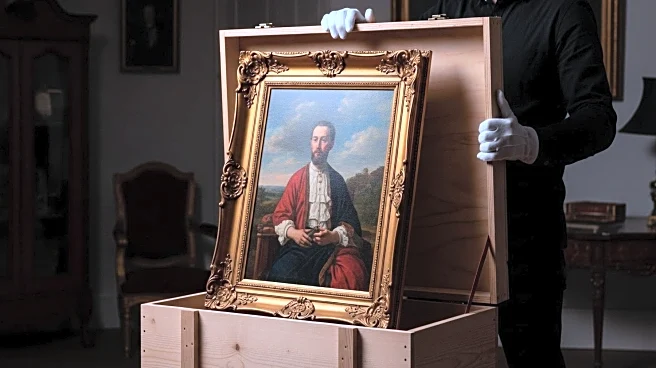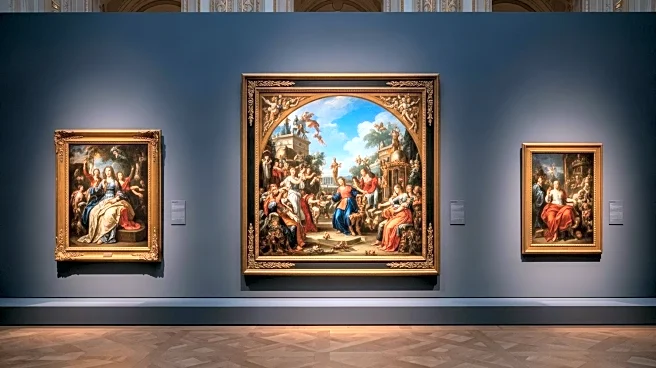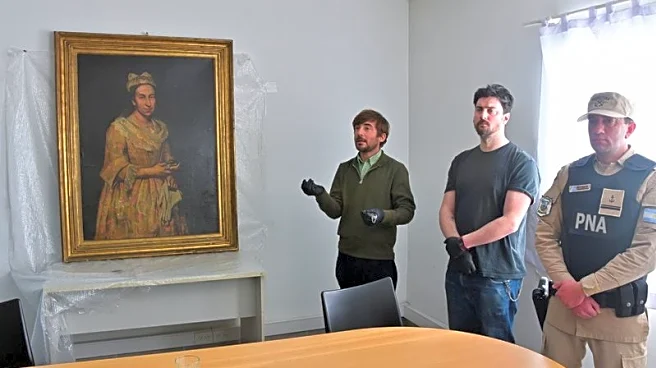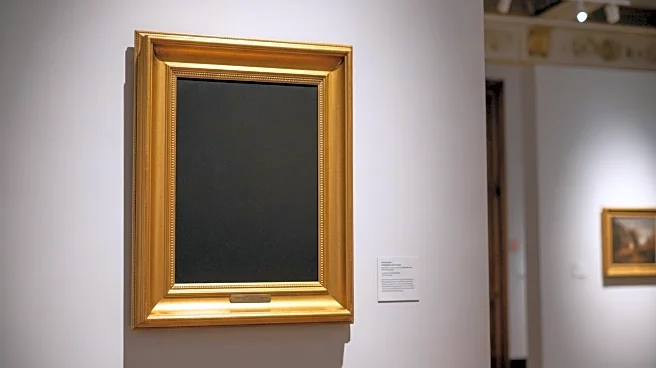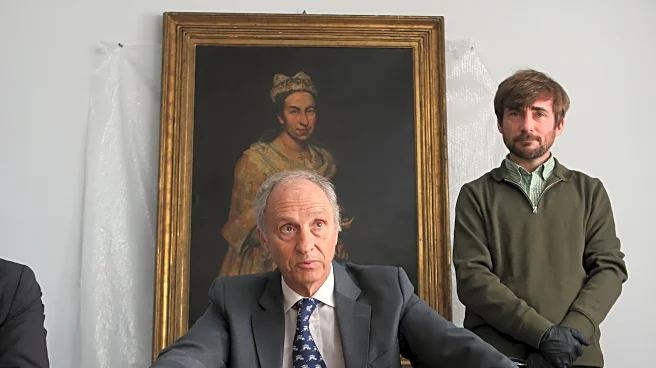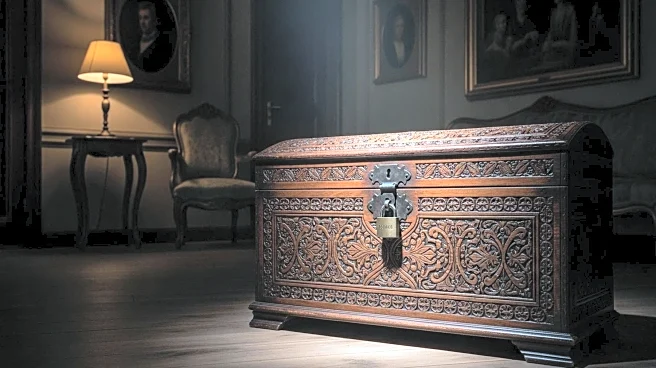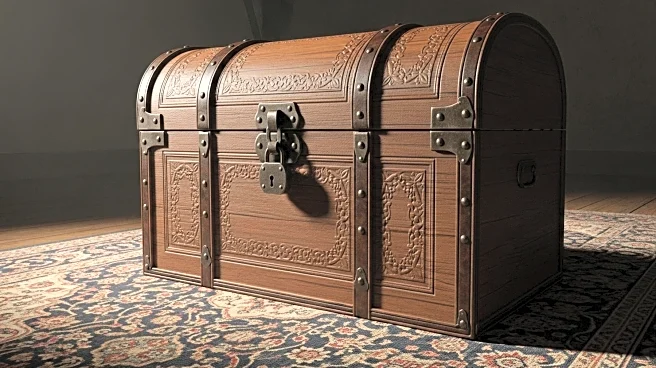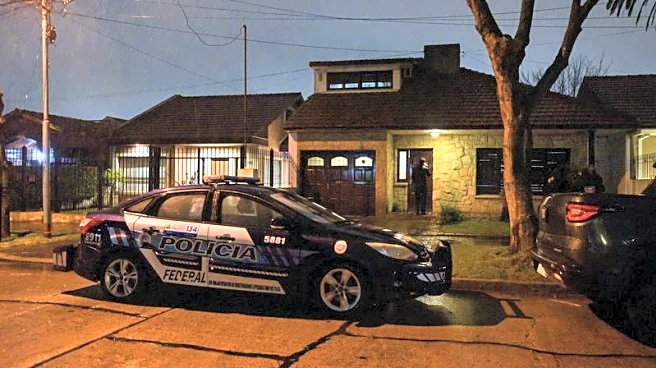What's Happening?
Argentine authorities have successfully recovered an 18th-century painting, 'Portrait of a Lady' by Giuseppe Ghislandi, which was stolen by Nazis from a Dutch Jewish art collector during World War II. The painting was discovered in the home of Patricia Kadgien, daughter of SS financial officer Friedrich Kadgien, who fled to Argentina after the war. The artwork was identified after appearing in a property advertisement, leading to a global search. The painting was valued at approximately $50,000 and was returned by Kadgien's lawyer following a series of police searches. Kadgien and her husband are currently under house arrest, facing potential charges of concealing smuggling.
Why It's Important?
The recovery of the painting highlights ongoing efforts to reclaim art looted during the Nazi era, a significant issue in the art world and for Holocaust survivors and their descendants. This case underscores the challenges in tracing and recovering stolen artworks, many of which remain scattered globally. The legal implications are profound, as the statute of limitations may not apply if the crime is framed within the context of genocide. This development may encourage further investigations into Nazi-looted art and prompt legal actions to return such pieces to rightful owners, impacting art restitution policies worldwide.
What's Next?
The legal proceedings against Kadgien and her husband could set a precedent for similar cases involving Nazi-looted art. Prosecutors are considering charges related to smuggling concealment, which could lead to further scrutiny of artworks held by families of former Nazi officials. The case may also inspire other countries to intensify efforts in recovering stolen art, potentially leading to international cooperation in art restitution. Additionally, the art community may see increased advocacy for transparency and accountability in art ownership.
Beyond the Headlines
This case raises ethical questions about the responsibility of descendants of individuals involved in historical crimes. It also highlights the cultural significance of art as a historical record and the importance of preserving heritage. The recovery of such artworks can contribute to healing and reconciliation for communities affected by the Holocaust. Furthermore, it may influence cultural policies regarding the protection and restitution of cultural property.
